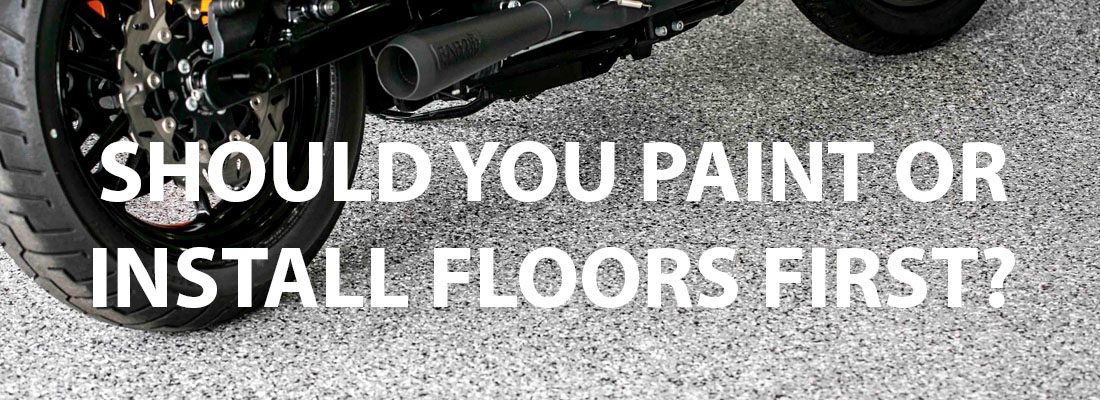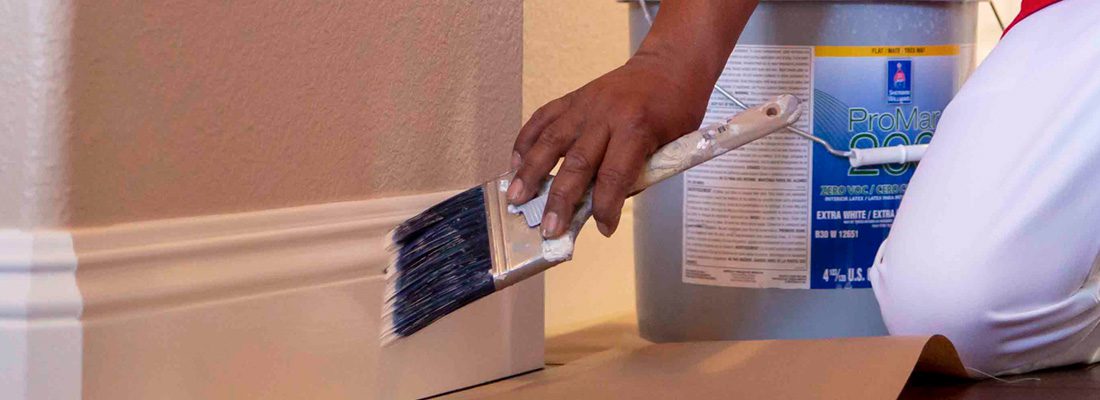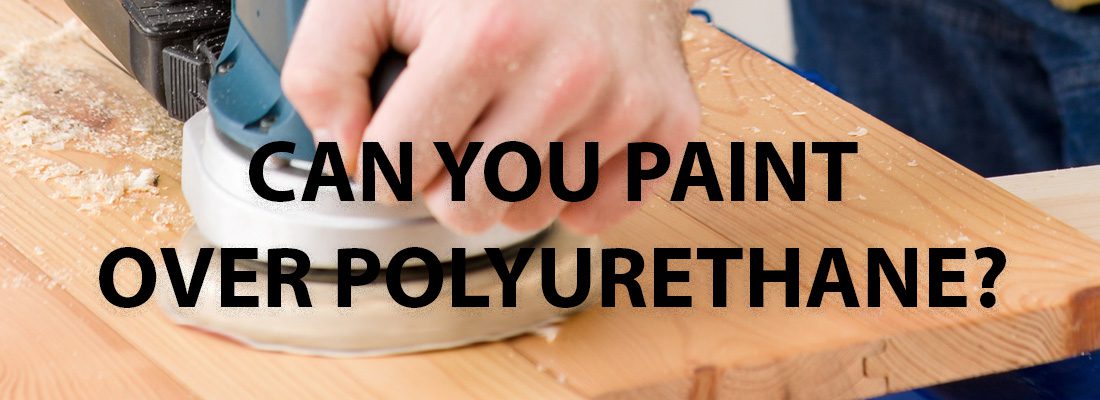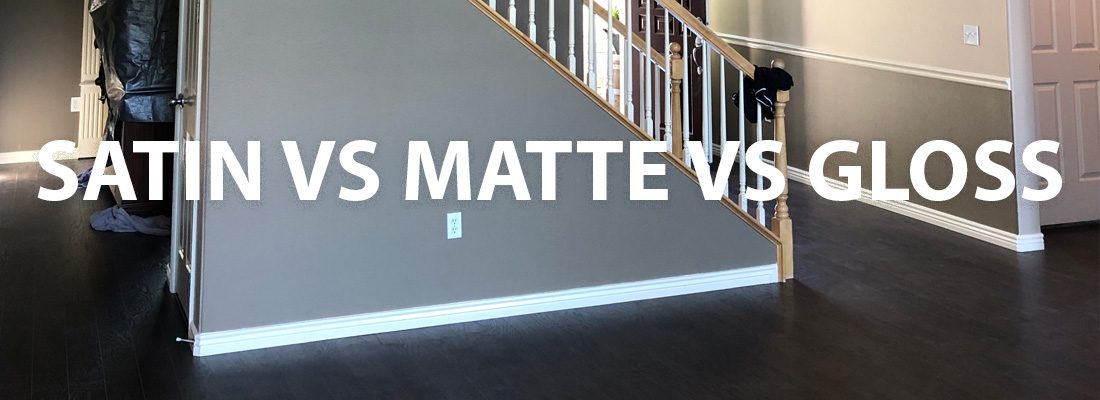When it comes to painting your walls, homeowners often wonder, “do I need to prime before painting?” Back in the day, the answer was almost always, “yes.” But, a lot has changed over the years and using a primer isn’t always as necessary as it once was. The painting products available on the market today are much more durable and effective than the paints available just a few decades ago. So, it’s a good idea to decide on a case-by-case basis whether or not primer will be useful. Certain projects dealing with certain materials will benefit from primer while in other situations, priming may be a waste of your time and money.
How to prime a wall?
Priming a wall is really not much different than painting it. The difference is that you’re using primer as your base layer. Here are some simple step, showing how to prime a wall:
-
Prepare the space
As with any painting project, preparation is key to protecting the surrounding area. Move furniture out of the room and away from walls. Cover it with cloth or plastic to ensure no unwanted paint stains. You can use drop cloths to cover all flooring as well.
Before any primer or paint is applied, your walls need to be wiped down and cleared of any residue or dirt. This is also the best time to putty any small holes or dents you would like to cover up. Allow ample time for the putty to dry, then lightly sand down those target areas. Place quality painter’s tape around areas you don’t want to be primed. Taping ensures a clean edge around your walls and baseboards
-
Choose the paint primer
It’s extremely important that you pick the right primer for your specific job because it determines how your finished paint job will look. You will need to decide if you’re going to use oi or latex primers. A latex-based primer is more flexible, easier to apply, and resists cracking and peeling. It’s also very easy to clean. Oil-based primer penetrates the wood deeply and can prevent tannin in the wood from coming to the surface. If you’re unsure which is best, ask the home improvement store staff for guidance when purchasing your primer.
-
Apply the primer
Before you bust open your new can of primer, shake it up thoroughly so the chemicals are mixed properly. Pour primer into a tray. Use a paintbrush to cut in all the edges in your room first. Next, use a roller to fill in the open spaces. Make sure to overlap your roller strokes with your brush stroke edging for the most consistent results. Keep in mind that this coat of primer will need time to properly dry before applying paint.
Can you paint over drywall?
You cannot paint directly over drywall. You will need to mud and primer it before applying any paint. The primer ensures that the paint stays on and isn’t affected by temperature changes in the surrounding environment.
How to paint drywall
Step 1. Inspect your drywall for any dents or gauges. If you find any, fill them in with drywall or your preferred paste product.
Step 2. Sand your drywall
Step 3. Remove any and all dust left behind from the sanding step. Run a black towel over the wall as an indicator if there is still dest that needs to be wiped away.
Step 4. Wash your drywall with a solution of 1 cup white vinegar with 1 gallon of water. Soak a sponge in the solution and wipe down your drywall. If the vinegar/water solution turns dark before you’re finished, repeat the process to guarantee it’s spotless.
Step 5. Take a high-powered fan and turn it directly onto the washed drywall. Be certain it’s completely dry before painting. Once you’ve completed all 5 steps, you may begin painting your drywall.
Do you have to prime a wall before painting?
Since not all jobs require primer, it’s important to know what factors contribute to deciding to use it or not.
-
When painting over a glossy surface
Paint has a really difficult time adhering to glossy surfaces. If your wall has a coating of high gloss or enamel paint or has been shellacked, you’re going to need a primer.
Along with primer, a quick scuffing or sanding of your surface will be very beneficial. Doing this will ensure your walls have enough texture, giving both paint and primer the best chance of sticking properly.
-
When your walls have stains or odor
If you have noticeable stains on your walls, they can’t always be concealed with just a coat of paint. Grease spots or crayon scribbles will likely show through new paint, especially if it’s a lighter shade. This also goes for any surface blemishes.
It’s worth mentioning that it’s never a good idea to use primer to cover up mold or mildew stains on your walls. The mold will only grow and will resurface in the future. In this case, be certain to identify the source of the mildew and remove it, before applying any primer or paint.
Pet odor or cigarette smoke smells have a tendency to settle in and linger on your walls. While paint alone won’t mask the smell for long, certain primers are available that can permanently block the unwanted smells for good.
-
Color contrast from dark to light
When you really want to transform a room from dark to light, taking the time to apply a primer will make all the difference. Picture yourself trying to apply light blue paint on top of a dark green coat. Primer is definitely necessary when making a dark to light transition. In some instances, when going from a dark to light paint, you may need a tinted primer to enhance the true color of the lighter tone.
-
When the surface is porous
If you’re working with a porous surface such as untreated or unstained wood, as well as drywall, it’s always smart to start with a primer. A porous surface will easily absorb moisture, stains, odors, or oil. Freshly installed drywall is highly porous in two ways: the dried joint compound covering the seams and its bare facing paper. If you don’t apply a coat of primer first, these porous materials will literally soak up and absorb your paint right into them.
-
When painting over plastic or metal
There are primers on the market today that are made specifically for metal. They are designed to protect against rust and will also give a firm base foundation for any future coats of paint. You’ll definitely want a primer designed for plastic coverage as well. For best results, apply the primer in even amounts to a thoroughly sanded, clean and dry plastic surface.
-
If you have wallpaper
Wallpaper can leave some pretty severe war wounds from its removal process. So, whether you’re attempting to cover up removal blemishes or simply want to cover up your existing wallpaper, a primer will be necessary.
Should you prime drywall patches before painting?
If you’ve patched holes and done repairs on your drywall, no doubt there will be various patches of joint compound or paste on the surface. For very small holes or minor repairs, a separate primer isn’t necessary. You can simply use regular paint to paint over the patches. For large areas, it may be beneficial to apply a primer before the paint.
Do I Need To Prime Before Painting Conclusion
If you’re working on a painting project and have questions of any kind, give Boise Home Painting a call. We understand the value of what it means every time someone chooses us to be their painting contractor. That’s why we use only the highest quality materials and work hard to ensure you’re happy once our project is complete. At Boise Home Painting, we understand professional quality and attention to detail. That makes us some of the best professional house painters in the Treasure Valley including Nampa, Boise, Meridian, and Caldwell!





